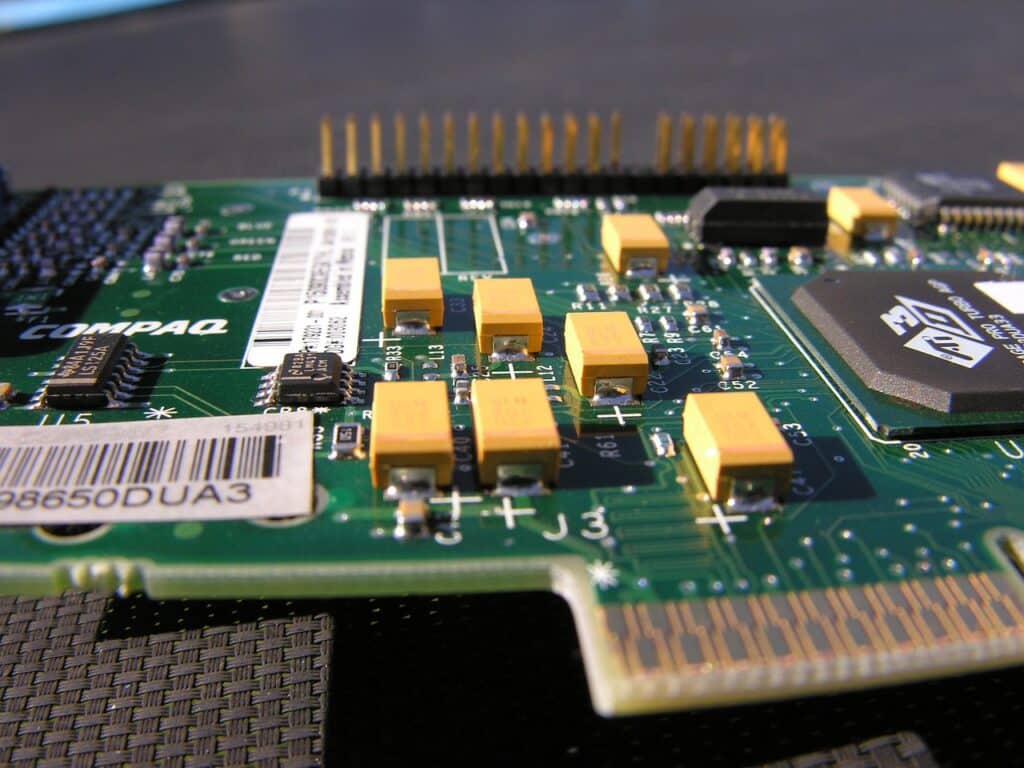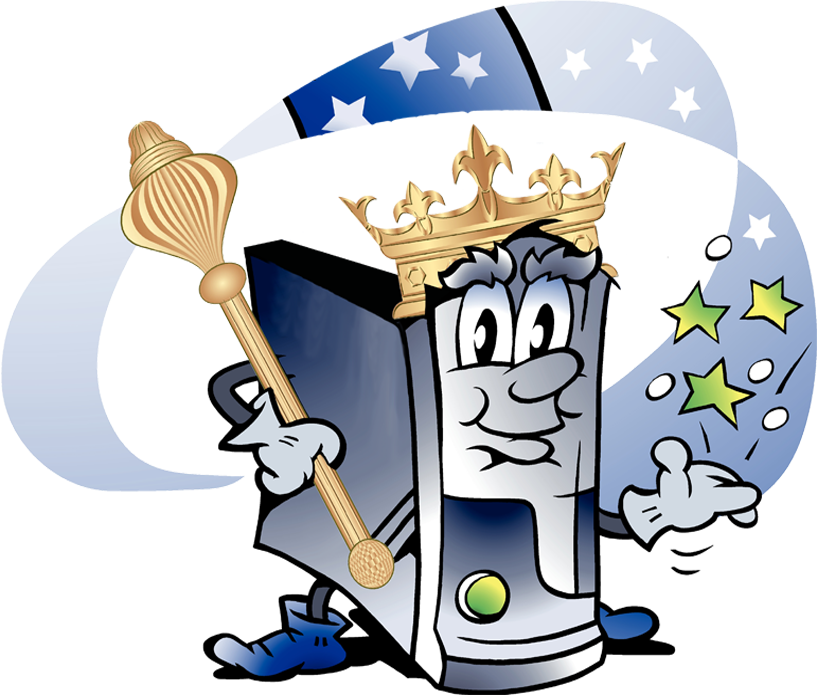Computer software, the invisible yet indispensable backbone of technology, powers almost every device we use today. Understanding how software is classified helps us grasp its role and functionality, whether we’re IT professionals, students, or casual users. This article explores the various classifications of computer software, filling gaps in typical discussions and offering a data-rich, comprehensive perspective.

What is Software?
Software refers to a collection of instructions, data, or programs that tell a computer how to perform tasks. Unlike hardware, which is the physical aspect of a computer, software is intangible and interacts with hardware to execute functions.
Classifications of Computer Software
Computer software can be broadly classified into three major categories:
1. System Software
System software acts as the bridge between computer hardware and the user, managing hardware resources and providing essential services for application software.
Key Components:
| Type | Definition | Examples |
| Operating Systems | Core software that manages hardware resources and provides a user interface. | Windows, macOS, Linux, Android |
| Device Drivers | Specialized programs enabling hardware and operating systems to communicate. | Printer drivers, GPU drivers |
| Firmware | Embedded software controlling hardware at a low level, stored in non-volatile memory. | BIOS, router firmware |
| Utilities | Tools designed for system optimization and maintenance. | Antivirus, disk cleanup tools |
Additional Insight:
Many discussions omit firmware as a critical element of system software. Firmware serves as a foundation for hardware functionality and bridges gaps between system software and physical components.
2. Application Software
Application software enables users to perform specific tasks, from productivity to entertainment. It is typically designed for end-users and can be categorized into two main groups:
- General-Purpose Applications: Designed for broad usage.
Examples:- Word processors like Microsoft Word.
- Spreadsheet tools like Microsoft Excel.
- Web browsers like Google Chrome and Firefox.
- Specialized Applications: Tailored for niche tasks.
Examples:- CAD software for architects and engineers.
- Photo editing tools like Adobe Photoshop.
- Accounting software like QuickBooks.
Gap Addressed:
Competitor content often overlooks the difference between general-purpose and specialized applications, which is critical for understanding their varied use cases.
3. Development Software
Development software is designed for programmers and developers, offering tools for creating, debugging, and maintaining other software.
| Type | Purpose | Examples |
| Integrated Development Environments (IDEs) | Comprehensive platforms for coding, debugging, and testing. | Visual Studio, Eclipse |
| Compilers | Translate code into executable programs. | GCC, Clang |
| Version Control Tools | Manage code changes and collaboration. | Git, Subversion |
Noteworthy Mention:
Development software includes niche tools like debuggers and code profilers, essential for fine-tuning software.
Alternative Classifications
Beyond these broad categories, software can also be classified based on distribution and licensing models:
- Freeware and Open Source:
Software that is freely available and often modifiable.
Examples: LibreOffice, GIMP. - Proprietary Software:
Owned by companies or individuals, requiring licenses for use.
Examples: Microsoft Office, Adobe Suite. - Cloud-Based Software:
Hosted on remote servers and accessed via the internet.
Examples: Google Workspace, Salesforce. - Embedded Software:
Designed to operate within specific devices like IoT appliances or automotive systems.
Comparative Table for Quick Reference
| Category | Primary Function | Key Examples |
| System Software | Manages hardware and basic operations. | Windows, macOS, firmware tools |
| Application Software | Performs user-specific tasks. | MS Word, Photoshop, AutoCAD |
| Development Software | Assists in creating and debugging other software. | Git, Visual Studio, GCC |
Closing Thoughts
The classification of computer software reveals the vast and varied roles it plays in our technological ecosystem. From managing hardware to enabling creative endeavors and supporting software development, each type of software is critical. By understanding these classifications, users can better appreciate and leverage the software they interact with daily.

